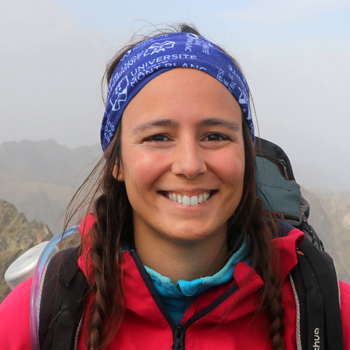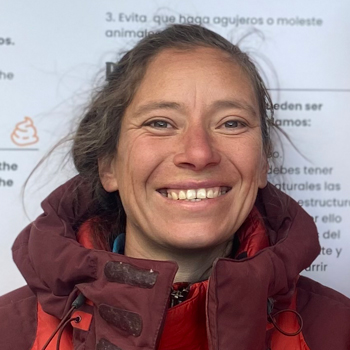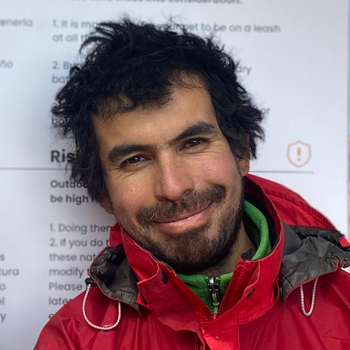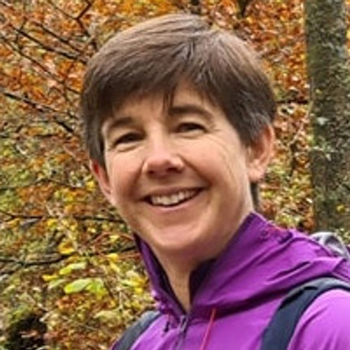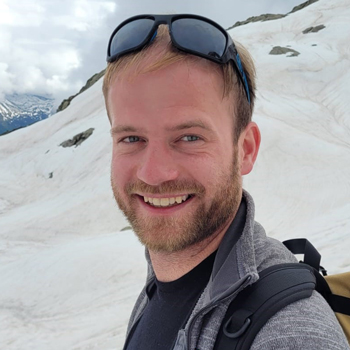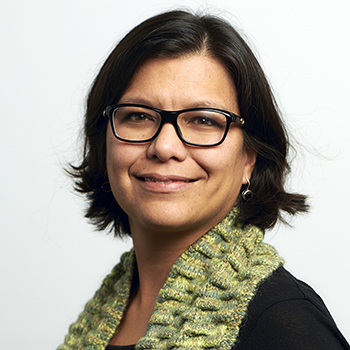Outdoor recreation and nature sports are increasingly popular worldwide. These outdoor activities can contribute greatly to livelihoods in mountain regions. However, they can also lead to habitat degradation, wildlife disturbance, and pollution, thereby harming fragile mountain ecosystems. In this MRD Talk, we explored how science, the private sector, civil society, and global initiatives can help turn the challenges brought by outdoor activities into opportunities for mountain environments and societies.
Outdoor recreation and nature sports are leisure activities that take place outdoors, in a natural setting. With more and more people engaging in outdoor activities around the globe, their impacts on mountain environments and societies, both positive and negative, are intensifying. In her article published in MRD, Léna Gruas, a lecturer and researcher in sports sociology at Université de Bretagne Occidentale in France, looked at the relationship between sports participants’ place of residence—more specifically, its proximity to their sports destination—and their knowledge about the natural environment and acceptance of protection measures at their destination. After presenting her study, she concluded that social sciences research on sports participants’ attitudes and behavior can generate the knowledge needed to balance their positive outdoor experience in mountains with mountain biodiversity conservation. Knowledge about “how sports participants tick” enables targeted communication, which in turn can be used to strengthen outdoor recreationists’ connection with nature and pro-environmental behavior—not just in nature sports but also in everyday life.
The importance of collaboration was emphasized by Tanya Bascombe, General Manager of the European Outdoor Conservation Association (EOCA), who underlined that so much can be achieved if everyone works together. EOCA raises money from the European outdoor leisure industry to put into nature conservation projects around the world. Tanya presented several of these projects, which focus on activities like path and trail repair, cleanup operations, or ecotourism support. She believes that the outdoor leisure sector has the responsibility not only to fund restoration and protection of wild places but also to educate and raise awareness among outdoor enthusiasts of how they can coexist respectfully with nature, bring benefits to mountain communities, and give greater value to biodiversity.
In Pitumarca, in the Peruvian Andes, Diana Alexia Gómez Cavieres and Jorge (Coco) Sirvas Milla founded the association “7a Escalada” to develop a climbing area in an environmentally friendly way together with local communities. The area is the home of several indigenous communities and has a rich social history. Diana and Coco underlined that local communities have their own views and visions that do not necessarily coincide with those of visitors or the government. Challenges the association faces include contributing to the orderly management of the climbing area without imposing preconceived ideas about conservation; as well as ensuring the project’s continuity in the long term to avoid dependence on external interventions. The association works together with local communities to create joint development, conservation, and inclusion strategies that generate economic, cultural, and environmental benefits. Diana and Coco believe that the association can play a role in mediating and facilitating a balanced dialogue between the various actors involved, while local residents and visitors are responsible for making careful and balanced use of mountain areas.
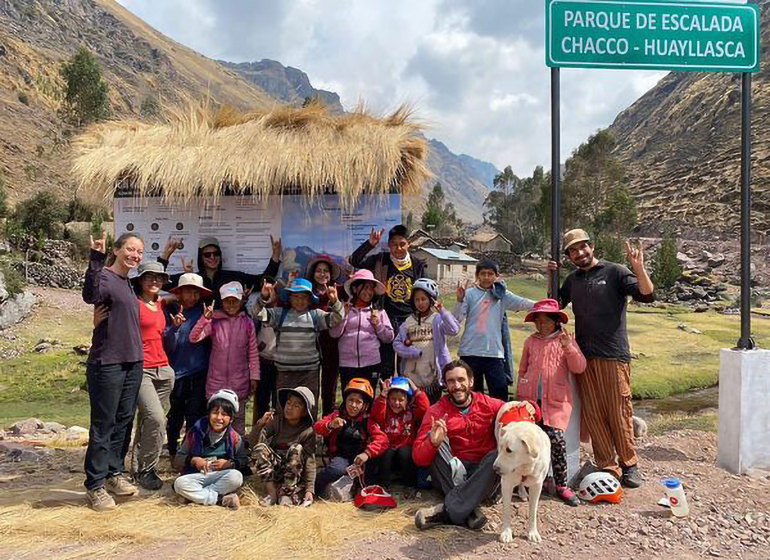
Participants emphasized the importance of networks, collaboration, and education across all actor groups to protect and restore mountain environments and to responsibly practice outdoor activities. Here, members of the association and the local community are celebrating the UIAA Mountain Protection Award, which they received in 2022. (Photo courtesy of 7a Escalada)
At the international level, the Sports for Nature Framework provides guidance on how to deal with the multiple challenges related to outdoor activities. Ansgar Fellendorf, climate change and mountain specialist at the United Nations Environment Programme (UNEP) in Vienna, Austria, presented the framework’s 4 guiding principles for outdoor sports organizations: (1) protect nature, (2) restore and regenerate nature, (3) understand and reduce risks to nature in supply chains, and (4) educate and inspire nature-positive action across and beyond sports. Ansgar explained that the idea is to use the immense popularity of sports—including sports events, sports organizations, and famous athletes—to boost nature conservation. The Sports for Nature Framework provides open access to expertise through publications, an online platform for knowledge exchange, and in various other ways. It also supports advocacy, communications, and outreach, for example by building a global network of champions.
After these enriching presentations, MRD associate editor and talk moderator Sarah-Lan Mathez-Stiefel introduced the second part of the talk by asking the participants to complete a short poll. The results showed that almost all participants frequently engage in outdoor activities in mountain areas. They consider such activities to generally have a rather negative impact on mountain environments, but a rather positive one on mountain communities. In the discussion that followed, participants were invited to respond to the following question: “From your perspective and experience, what are further concrete actions needed to turn challenges of outdoor activities into opportunities for mountain societies and environments?”
Talk participants provided answers for each of the 4 actor categories represented by the event’s panelists: research, the private sector, civil society, and international organizations. Regarding research, participants underlined the need for science to become more inclusive, not only by involving local actors but also by including diverse groups into the actual research teams. For the private sector, participants emphasized that businesses and research should work together to find solutions, and that funding for conservation or restoration should become an integral part of business models. With respect to civil society, participants stressed that outdoor enthusiasts should seek information about the local realities at their destinations, and suggested integrating outdoor behavior into education programs. Regarding international organizations, participants called for more networking and collaboration across sectors and actors, as well as for the promotion of local outdoor activities rather than international trips.
MRD associate editor Sarah-Lan Mathez-Stiefel concluded the event by summarizing 3 key issues that emerged from the presentations and the discussion:
- Who has access to the outdoors? Is the outdoors a global common and does everyone have the right to access these environments? In the French Alps, backcountry skiers claim this right and resist conservation-related access restrictions. In the Peruvian Andes, the outdoors are the ancestral territories of local communities who have their own visions and views and use these areas for their subsistence. How can we mediate access to the outdoors in these diverse contexts, and how can we do it in a responsible way?
- The talk’s participants showed clear awareness of the distinct responsibility of each actor group to make sure that activities have fewer negative impacts and more beneficial ones. Educating actors in this regard is crucial. How can we make sure to have guidelines, policies, and initiatives to mitigate potential negative impacts?
- Finally, the discussion showed that there is a need to link the different types of actors within and across levels—recreationists, local communities, civil-society organizations, businesses, and international organizations. How can we make sure that they all work in a collaborative, inclusive, and effective way? The discussion provided several suggestions and calls for more collaboration, but also clearly highlighted the need for further reflection on this question.
All insights, lessons, and recommendations provided by the panelists and participants in this MRD Talk can be accessed in full in the recording of the event and in the resources listed below.
Panelists
Moderators
Resources
- From the Crowded Valleys to the Preserved Summits: Mountain Sports Participants’ Attitudes Toward Protected Areas in the Sprawling Urban Areas of the Northern French Alps, by Léna Gruas, Clémence Perrin-Malterre, and Anne Loison
- Asociación 7a Escalada website
- European Outdoor Conservation Association website
- Sports organisations commit to safeguarding nature under new framework (UNEP press release about Sports for Nature initiative)
- UIAA Mountain Protection Award
- UIAA Mountain Protection Award Winner 2022



